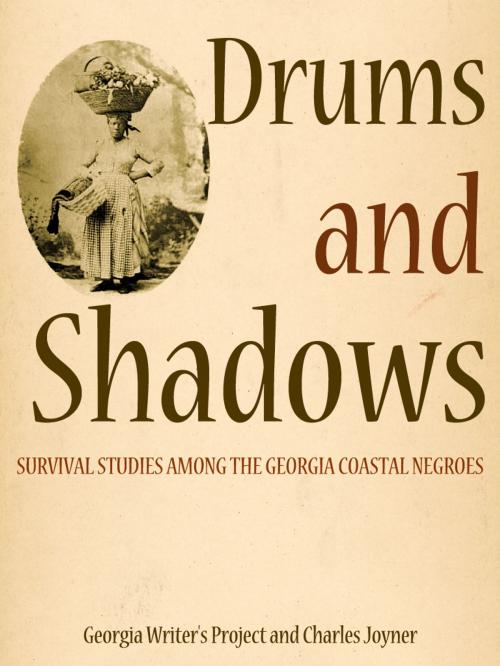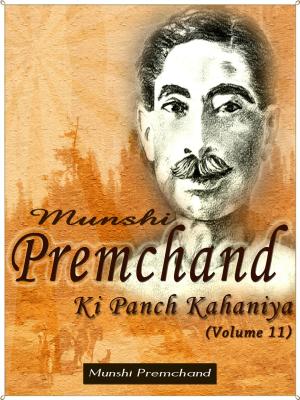Drums And Shadows
Nonfiction, Social & Cultural Studies, Social Science, Cultural Studies, Ethnic Studies, African-American Studies| Author: | Mary Granger | ISBN: | 1230000026433 |
| Publisher: | AppsPublisher | Publication: | October 21, 2012 |
| Imprint: | Language: | English |
| Author: | Mary Granger |
| ISBN: | 1230000026433 |
| Publisher: | AppsPublisher |
| Publication: | October 21, 2012 |
| Imprint: | |
| Language: | English |
Drums and Shadows
by Mary Granger
The African Negro, introduced as a slave into Virginia in 1619, had been a part of the plantation life of the older colonies of America for more than a century before the Colony of Georgia was founded in 1733. Almost two decades passed before the Trustees of Georgia legalized Negro slavery. Thus it was the middle of the eighteenth century before Georgia became an open market for slaves.
By this time certain land restrictions had been removed and the consequent development of large plantations, for which the Negro was an economic necessity, greatly stimulated the slave market. During these early years the plantations that developed in the tidewater regions of coastal Georgia planted principally rice, a wet culture necessitating a high percentage of Negro laborers. Later, as additional acres of adjoining higher ground were planted in sugar cane and cotton, the demand for slaves persisted.
For more than a hundred years (1750-1858) this demand steadily increased, and it was the common habit to dump from 300 to 400 "prime Africans" on the Savannah market. Under these conditions Georgia, and more particularly the coastal region, was being supplied with Africans when much of older America was already sufficiently supplied or oversupplied with native born slaves bred for the domestic trade. Thus in many regions the long period of white contact was beginning to obscure tribal customs when Africans were being brought in great numbers to Georgia soil.
Drums and Shadows
by Mary Granger
The African Negro, introduced as a slave into Virginia in 1619, had been a part of the plantation life of the older colonies of America for more than a century before the Colony of Georgia was founded in 1733. Almost two decades passed before the Trustees of Georgia legalized Negro slavery. Thus it was the middle of the eighteenth century before Georgia became an open market for slaves.
By this time certain land restrictions had been removed and the consequent development of large plantations, for which the Negro was an economic necessity, greatly stimulated the slave market. During these early years the plantations that developed in the tidewater regions of coastal Georgia planted principally rice, a wet culture necessitating a high percentage of Negro laborers. Later, as additional acres of adjoining higher ground were planted in sugar cane and cotton, the demand for slaves persisted.
For more than a hundred years (1750-1858) this demand steadily increased, and it was the common habit to dump from 300 to 400 "prime Africans" on the Savannah market. Under these conditions Georgia, and more particularly the coastal region, was being supplied with Africans when much of older America was already sufficiently supplied or oversupplied with native born slaves bred for the domestic trade. Thus in many regions the long period of white contact was beginning to obscure tribal customs when Africans were being brought in great numbers to Georgia soil.















